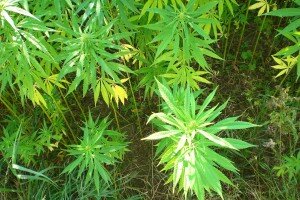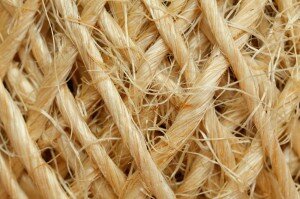WHAT IS IT?
Self-consolidating concrete was first developed in Japan in the early 1980’s in an attempt to address the problem of lower quality construction due to a shrinking skilled labor pool that is required to create compaction and produce durable concrete structures. Also called flowing or self-compacting concrete, self-consolidating concrete (SCC) doesn’t bleed or segregate. It self-levels and can easily fill form work and confined zones of reinforcing bars due to its high flowability. Its slump is usually greater than 71/2 in (190mm) while maintaining its cohesiveness. In order to obtain a highly viscous paste with high deformability the addition of a superplasticizer is required to keep the water-powder ratio very low. ACI 237R-07 refers to it as “highly flowable, non-segregating concrete that can spread into place, fill the formwork, and encapsulate the reinforcement without any mechanical consolidation.”1
WHAT IS IT MADE OF?
Usually 50% of the solid volume is made of coarse aggregate. Fine aggregate make up 40% of the mortar volume. The water-powder ratio can be set between 0.9-1.0 with the addition of superplasticizer to achieve self-compactibility.
IT IS BEST USED…
To easily fill any form work with heavy reinforcement or in confined zones where vibrating compaction is a challenge. In precast concrete manufacturing facilities and concrete products plants. The smoothness it produces makes it an ideal candidate for architectural concrete. It is most often used for form work, reinforcement, structural design, in columns, beams, wherever lateral pressures need to be predicted and consolidation is obtained by self-weight instead of vibration. In precast concrete manufacturing facilities, the use of self-consolidating concrete is known to improve production rates and lower labor.
HOW TO TEST IT
A traditional flow test won’t work due to SCC’s high flowability. A slump flow test is better suited and can easily be conducted on construction sites. A baseline sample should be taken when placement begins, then left undisturbed, then taken again at regular intervals afterwards. What is being measured is the slump flow and the stiffening behavior of the concrete which can be altered by types of admixture, water content, dosages and temperature. Portable rheometers can be used and installed in forms for added on-site measurements. Concrete conditioning (agitated or not agitated) will impact the test results. New lateral pressures prediction models are being developed (see 2 under references for details ). Over vibrating will not cause segregation with self-consolidating concrete, however, segregation could occur if concrete is pumped over long distances.
Want to find out more about this promising product? Why not attend the 6th North American Conference on Design and Use of Self-Consolidating Concrete on May 15-18, 2016, in Washington D.C.?
Do you have any questions about concrete equipment? Call Dick at: (503)283-2105 ![]()
REFERENCES
1. ACI Committee 237, “Self-Consolidating Concrete (ACI 237R-07),” American Concrete Institute, Farmington Hills, MI, 2007, 30 pp
2. Field investigation of self-consolidating concrete in formwork
Self-consolidating concrete: Proceedings from the first International RILEM Conference (The International Union of Testing and Research Laboratories for Materials and Structures)
Concrete flow behavior testing for self-consolidated concrete
Concrete International magazine articles:
Flowing or Self-Consolidating Concrete
Field Investigation of Formwork Pressures Using Self-Consolidating Concrete
Comparison of Three Methods to Measure Formwork Pressure When Using SCC
Pressure of Self-Consolidating Concrete on Formwork
From Rheology of Fresh Concrete to Casting Processes


